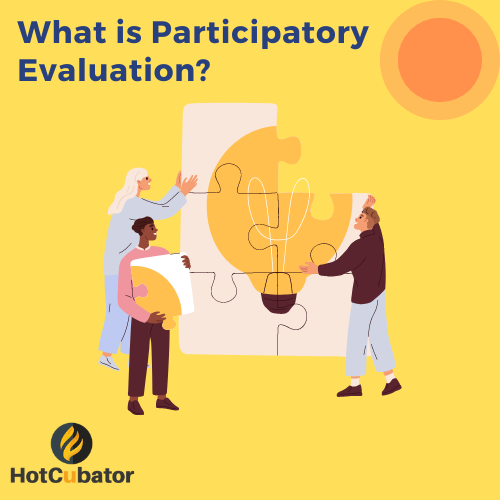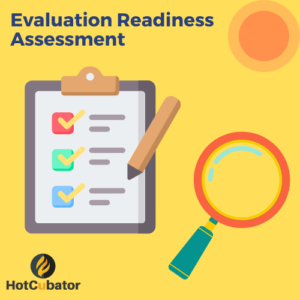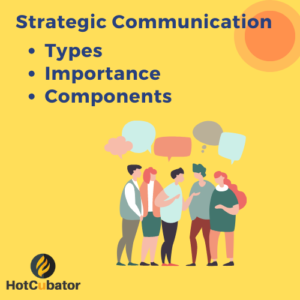
As evaluators, it is important to adopt various lenses related to the nature and requirements of the evaluation project. Participatory Evaluation is becoming increasingly popular as there is a growing call for being more stakeholder-centric while doing evaluations. The most common reasons for which a participative evaluation lens is adopted are – to empower beneficiaries to better analyse the situation and to produce more reliable findings and recommendations from the evaluation project.
In a simplistic term, participatory evaluation refers to an approach where all the stakeholders and beneficiaries of a program or project participate in determining the design, the data collection and implementation of the evaluation.This approach emphasises the importance of involving stakeholders in the evaluation process to ensure that their perspectives, experiences, and feedback are taken into account when assessing the effectiveness and impact of the program.
Participatory evaluation approach typically includes several key components, such as:
- Inclusive and collaborative evaluation planning: All stakeholders are involved in the planning, design, and implementation of the evaluation process, and their input is used to develop the evaluation questions, methods, and indicators.
- Empowerment and capacity-building: Participatory evaluation approach aims to empower stakeholders by providing them with the knowledge and skills needed to participate effectively in the evaluation process.
- Use of multiple methods: Participatory evaluation approach typically employs a variety of data collection methods, such as surveys, interviews, focus groups, and observations, to gather a wide range of perspectives and information.
- Analysis and interpretation: The data collected is analyzed and interpreted by all stakeholders, not just the evaluator, to ensure that the findings are relevant and meaningful to the program and its beneficiaries.
- Use of feedback: The evaluation findings are used to provide feedback to the program and its stakeholders, and to inform program improvement and decision-making.
Methods used in participatory evaluation
A participatory evaluation can be applied as a specific form of evaluation on its own. Or it can be applied in combination with other forms of evaluation such as impact evaluation, theory-based evaluation or gender-responsive evaluation. Depending on the context of the evaluation, there are other methods that could be used in participatory evaluation such as – story-telling, needs analysis, self-assessment and the assessment of other stakeholders on the programme.
Participatory evaluation methods may also be applied as a distinct part of another evaluation. For example, an evaluation might involve a rigorous randomised-control trial, based on expert statistical analysis, to establish what has changed due to a development intervention. At the same time, beneficiaries could be encouraged to participate in data collection and analysis processes that help explain how and why those changes happened.
Steps to follow in participatory evaluation
In general, participatory evaluation follows three simple steps which are:
- Step 1: Agree on the stakeholders to be involved
To agree on which stakeholders should be involved and why. This means being clear about what purpose stakeholder participation will serve in the evaluation, which stakeholders (or groups of stakeholders) should be involved, and what kind of participation is feasible in the circumstances.
- Step 2: Setting up the Terms of Reference
It is crucial from the outset, to develop a Terms or Reference (ToR) so that everything could be put into black and white. This ensures there is no hidden agenda or ambiguous aspects in the evaluation plan.
- Step 3: Forming the evaluation team
The next step is to nominate a team of which will undertake the evaluation. The team should have representation from all the various stakeholders involved into the evaluation project.
Benefits of participatory evaluation:
Some benefits of the participatory evaluation approach include:
- Increased ownership and buy-in: When stakeholders are involved in the evaluation process, they are more likely to understand and support the program being evaluated.
- Greater understanding of the program: Stakeholders can provide valuable insights and perspectives that may not be evident to external evaluators.
- Improved program design and implementation: Participatory evaluation can lead to more effective and efficient program design and implementation because it allows for input from those who will be affected by the program.
- Enhanced credibility: Participatory evaluations tend to be more trustworthy and credible because they involve the perspectives of multiple stakeholders, rather than just those of external evaluators.
- Greater sustainability: Programs that are designed and implemented with the input of stakeholders are more likely to be sustainable in the long term.
- Encourage empowerment and community development.
- Improved communication and collaboration between stakeholders.
Key challenges of participatory evaluation
Participatory evaluations can have several challenges which are also important to call out while thinking about this approach. The key challenges are:
- Given that different stakeholders remain involved in the design and collection of data in a participatory evaluation approach, this can complicate things to some extent. Evaluator in this case will have less control and powerful stakeholders can influence the overall process.
- Participatory evaluations may be very time-consuming for the intended beneficiaries of a project or programme.
- Beneficiaries may not want to participate in evaluations or may have other demands on their time that they consider more important, or more urgent. Participation is always more effective when planned from the start of a project or programme. It is more difficult to carry out a participatory evaluation if participation has not been considered right from the start. For example, if a community was not involved in defining objectives and/or indicators at the start of a project or program, it may be more difficult for them to contribute at the evaluation stage.
- Lack of cultural and contextual understanding, and the implications of these for the evaluation design
Regardless of the challenges and disadvantages, the participatory evaluation approach is considered to be more inclusive, empowering, and responsive than traditional evaluation methods, as it recognises the importance of involving the perspectives and experiences of all stakeholders in the evaluation process.
References and further reading:
- Guijt, I. (2014). Participatory Approaches. Methodological Briefs: Impact Evaluation 5. UNICEF Office of Research, Florence. Retrieved from: http://devinfolive.info/impact_evaluation/img/downloads/Participatory_Approaches_EN
- https://tools4dev.org/skills/participatory-evaluation-definition-methods-advantages/








